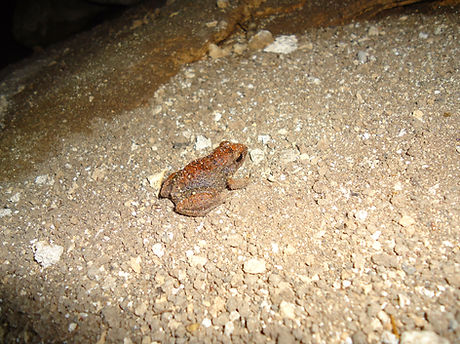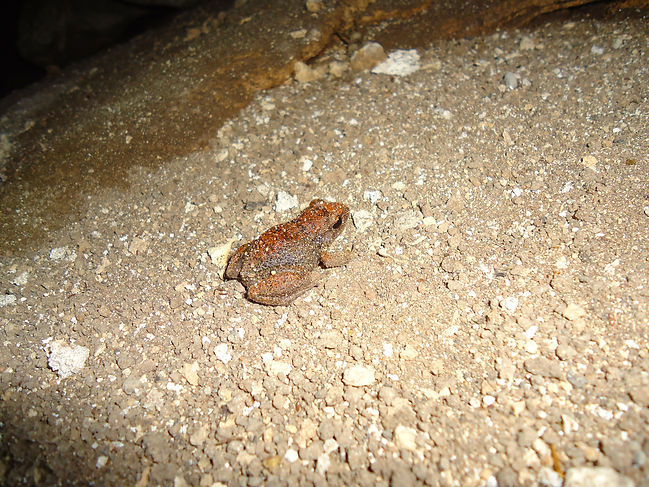

AMPHIBIANS
There are currently 8,891 species of amphibians known to science. Of these, 7,842 species are anurans (frogs and toads).
The West Indies is home to 247 species of amphibians, representing 3% of the world's population. Interestingly, most West Indian amphibians are endemic to the region. Unfortunately, 84% of West Indian amphibians are considered threatened and are of conservation concern.

Cuban Tree Frog
Amphibians are quite unique in nature because a number of species spend their early life in aquatic environments having gills for breathing. As they mature, they develop lungs and move to a more land base lifestyle. There are some species that have evolved and adapted ways to avoid this aquatic larva stage altogether. Most amphibians can breathe through their skin as a secondary respiratory option.
Amphibians can be divided into three groups:
-
Frogs and toads (Anura),
-
Salamanders (Urodela)
-
Caecilians (Gymnophiona)
These special animals prefer wet and moist habitats usually saturated with fresh water such as wetlands or rain forests. However, as a result of urbanisation and lost of habitat, we commonly see them in our yards around buckets or other containers particularly after it rains searching for a place to lay their eggs.

Bahama Flat- headed Frog
In The Bahamas, anurans are the only group of known amphibians found here. Our native frogs are represented by two families, Eleutherodactylinae and Hylidae.
Additionally, the country boasts one endemic frog species, the Bahama Flat-headed Frog (Eleutherodactylus rogersi).





